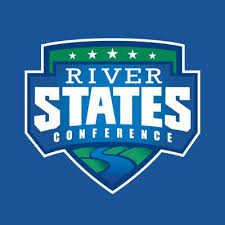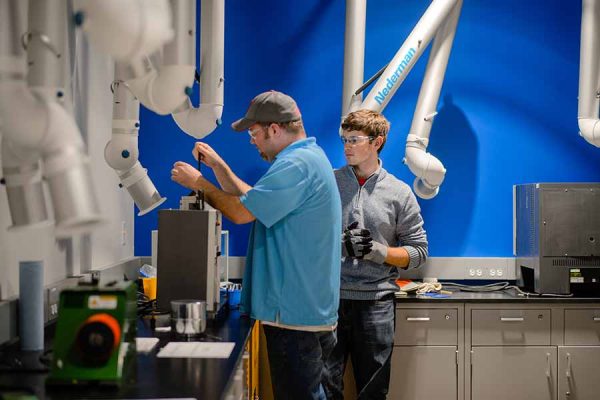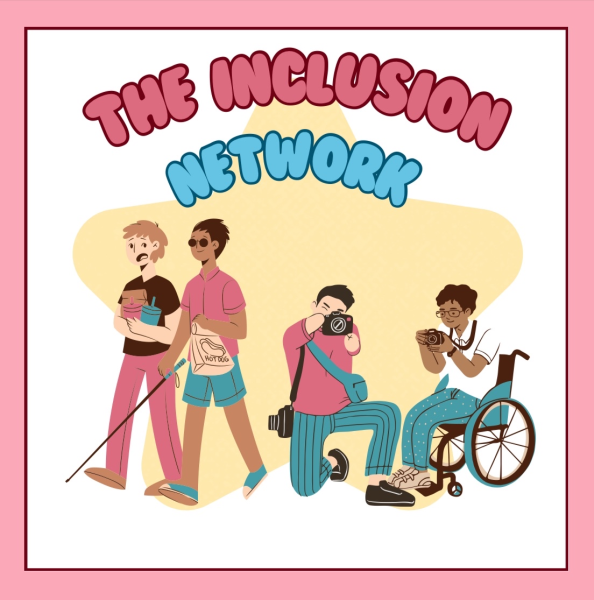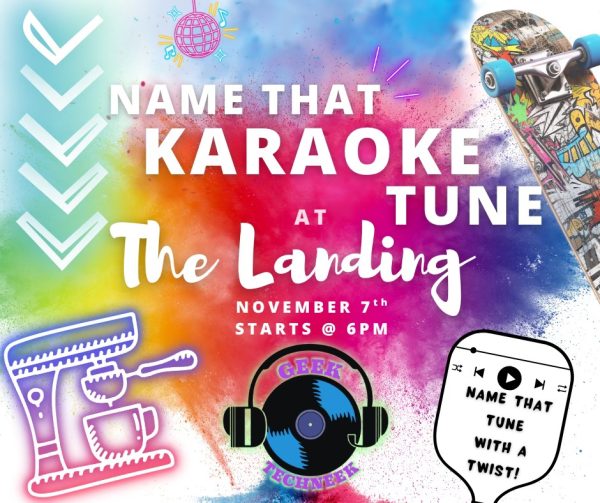Face Masks: The Good and Bad
Face masks are important, but what masks should you wear?
Face masks have become popular as a way of helping to stop the spread of COVID-19. However, it’s also very important to remember what masks to wear, as not all masks help with preventing COVID spread. In fact, there are some face masks that make the threat of spreading even worse.
Duke University conducted a study in August that found people who wear neck fleeces and neck gaiters would actually be safer not wearing masks at all. COVID-19 is spread through cells or “droplets” from breathing out or talking, normal face masks reduce the number of those droplets coming out, thus decreasing the risk of spread. However, neck gaiters, neck fleeces, bandannas, etc. not only do not block these droplets but they actually increase the danger of spread.
The material these coverings are made of causes the droplets that come out to split into a bunch of smaller droplets, which means that now there are more droplets coming out when you exhale or speak. Which would mean that the risk of spread COVID-19 is higher when you wear these items.
While those are the worst options you can wear in terms of face masks, there are still options for good face masks. Researchers have found the best option in terms of keeping droplets out is wearing N99 and N95 medical-grade masks. Since they are made for health workers, they are the best recommended for reducing the risk of COVID-19 spread.
If you can’t afford N99 and N95 masks, another good option is wearing a disposable surgical mask. They are good at their job of blocking droplets since they are also made for medical workers. However, if by any chance you can’t get N95, N99, or surgical masks, there is still another option.
Homemade masks, also known as “Hybrid” masks may also be a good alternative. These masks are made of two layers of cotton, combined with another material (silk, chiffon, flannel, etc.), hence why they are called “hybrid” masks. That combination of materials has been shown to reduce the number of droplets expelled.
The main theme with all these masks is that they are multi-layered. Having three-layered masks helps a great deal with reducing droplets. However, one mask type the CDC has advised against using is masks with built-in valves or vents, which are those plastic circles on some masks. Those are built for filtering air that’s inhaled, but it does not do anything for air that’s exhaled, meaning there’s a risk of droplets spreading.
There are other options for masks, however, the ones mentioned here are the best and worst options available for facial protection. It’s important that students remember what masks to wear and not wear to make sure that there is as little spread as possible and Shawnee is as safe as possible.

Tyler Leach is a 20-year-old from Ironton, Ohio. This is his second year at Shawnee State University, he is going for a major in English/Communications...







